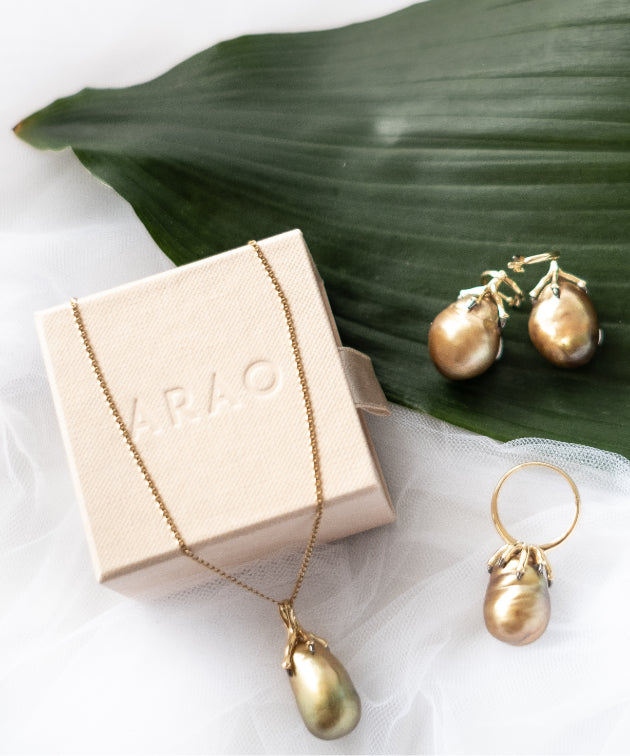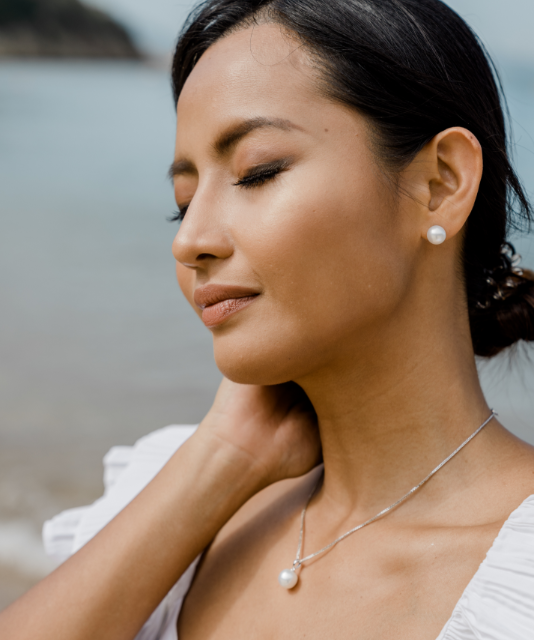A luxurious yet accessible jewellery company that sells mainly Golden South Sea Pearl products.

FREQUENTLY
ASKED QUESTIONS

FREQUENTLY
ASKED QUESTIONS
-
-
Jewellery made from Golden South Sea Pearls.
-
100%! ARAO pieces are fine jewellery made from organic South Sea Pearls and genuine gemstones and solid gold, 18K and 14K. It will never tarnish and can be worn day in and day out.
Our mabe pearl collection is made from gold vermeil, which is sterling silver plated with 18K gold. With the right use and care, gold vermeil is a demi-fine jewellery that could last a long time without replating.
-
ARAO’s South Sea Pearls all come from a sustainable pearl farm in Palawan, Philippines.
-
The South Sea Pearls are shipped to Hong Kong, where the founder is based, and have them set on beautiful, authentic fine jewellery by expert jewellers.
-
ARAO fine jewellery is different because it sources its organic pearls directly from the Philippines, a major source of Golden South Sea Pearls. Its timeless pieces are crafted with empowering women in mind to allow them to discover their own light within and to share this to others by giving back to the community and the environment.
-
Prices change due to the current market value of the gold, pearl and other gemstones when restocked.
-
Organic or genuine pearls are grown naturally within a living organism. Both natural and cultured pearls are considered organic as long as they come from a mollusk. This is opposed to synthetic pearls which are completely man-made, and do not experience the long process of being grown inside a shell.
-
Although beautiful, organic pearls are not perfect. If you look closely enough, they contain subtle imperfections in surface and color that make each one unique. On the other hand, synthetic pearls may appear too perfect and identical to one another.
One way to know is through the tooth test. Gently rub the pearl against the surface of your tooth. Organic pearls tend to feel gritty or rough, while synthetics feel unnaturally smooth. You can also test this by rubbing two pearls together. Although effective, these tests are not recommended because they can cause damage or scratching on the pearl.
The best way to tell would still be to go to a pearl expert, such as a gemologist. They have different tools they can use, and know fully well how to tell if a pearl is real or not.
-
The main difference between natural and cultured pearls is whether or not humans intervened in the process. Unlike cultured pearls, natural pearls are made by chance. A tiny organism enters the mantle of a mollusk, and as a defence mechanism, the mollusk secretes multiple layers of nacre to cover it over a long period of time.
It is extremely rare nowadays to find natural pearls. In order to meet the demand, cultured pearl farming is practiced in many parts of the world.
-
There are many types of pearls that hold various degrees of value. They are mainly determined by the species of the host mollusk. Found in various bodies of water all over the world, these pearls come in various sizes and colors.
South Sea Pearls
Beginning with our star, or rather our sun, the South Sea Pearl is found within the Pinctada Maxima Oyster. Besides the Philippines, they are also produced in Australia, Indonesia, and Myanmar. Their colors range from white, silver, and most popularly, gold. These gems grow up to 15-16 millimeters in diameter, making them supremely valuable.
Akoya Pearls
When you hear the word “pearl,” chances are the first image that comes to your mind is the Akoya Pearl. It is the classic white or cream pearl familiar to many, whether you are a gem enthusiast or not. Hosted by the Pinctada Fucata oyster, these pearls are mainly produced in China and Japan, and can grow up to 9-10mm in diameter.
Tahitian Pearls
You can easily identify these pearls based on the shade of their color. Also known as the black pearl, these saltwater pearls are mainly cultured in Tahiti, where the name is derived from. They are found inside Pinctada Margaritifera oysters, and often come in dark colors such as gray black and brown with blue, green, purple, or pink overtones.
Freshwater Cultured Pearls
These pearls are the most commonly produced among all the types, making them more affordable. As the name suggests, they are cultured in fresh water sources such as ponds and lakes. They also come in various sizes, shapes and colors, and are mainly produced in China.
-
Otherwise known as Nacre, it is the thin, iridescent substance that lines the shell of a mollusk. It is composed of the same material that makes up a pearl, a combination of calcium carbonate and protein. When you look inside a shell and see that it is shiny, that is the Mother of Pearl. This substance is used to protect the mollusk from foreign organisms that enter its shell.
Even if the pearls itself are usually more focused on, the Mother of Pearl is also used in crafting jewellery. They may not be as valuable as pearls, but they still allow jewellers to be creative and design beautiful pieces out of them.
-
To answer that question, there are many different factors that determine the value of a pearl. To summarize, these are mainly size, surface, shape, color, nacre quality, and most importantly, luster.
The Ideal Pearl
Given that all factors are equal, the ideal pearl would be large in size. This is determined by the size of the mollusk they resided in.
It would have an extremely smooth surface, and its shape would closely resemble a perfect sphere.
No color is necessarily more valuable than the rest, but the ideal pearl would have a rich and deep color. Pink overtones are often preferred over green.
It would have thick layers of nacre, until you can no longer see the center or the nucleus of the pearl.
Lastly, it would be incredibly lustrous. Luster refers to a pearl’s ability to reflect light. The more light it reflects or the shinier it is, the higher it’s value. This is achieved when the layers of nacre are perfectly aligned.
Having the ideal pearl in mind, we are now able to recognize the different factors that make a pearl valuable.
-
Solid gold
Solid gold is the most expensive and the most high quality option because it is long lasting, doesn’t rub off or flake and doesn’t tarnish. However, it is not 100% solid gold because pure gold is too soft to create durable jewellery. Instead, it is alloyed with a mixture of metals such as silver, copper and zinc. Gold increases in value over time and has the best resale value.
24K or 24-karatis 100% pure gold.
18K or 18-karatis 75% gold and 25% alloyed metals.
14K or 14-karat is 58% gold and 42% alloyed metals.
Gold-filled
Gold-filled jewellery is gold bonded with another metal such as brass or copper. The gold layer is 5% of the total gold weight. Gold-filled is an economical alternative to solid gold. If taken care of, it can last as long as solid gold and will not tarnish or rub off. Reselling it though would not have as much value as solid gold.
Gold vermeil
Gold vermeil is similar to gold plated jewellery except the layer of gold is thicker and the metal underneath is sterling silver. It lasts longer than gold plated jewellery but can still tarnish when exposed to water, sweat, perfume, and the gold may eventually scratch or rub off with wear.
Gold-plated
Gold-plated jewellery has a base of some other metal like brass, covered with a thin layer of gold. This is on the lower end of the price spectrum. Gold-plated jewellery tarnishes and rubs off easily, revealing the metal underneath.
-
When wearing your pearls, put them on after you have applied your skincare, makeup, lotion, perfume and other steps in your routine. This is to avoid them from being in contact with chemicals that can dry them out and ruin their quality. Once you have arrived home, they should be the first ones off so that you can wipe them right away.
-
It is important to wipe your pearls with a soft fabric in order to remove all the sweat, dirt, and excess oil from its surface.
-
Because their surface is very delicate, pearls should be stored in a soft container. Avoid using plastic containers, which can cause scratching. It is also ideal to store them separately from your other jewellery. Pearls need moisture, so avoid storing them in dry areas for too long.
-
We offer free shipment to the following countries:
Asia-Pacific: Philippines, Hong Kong, China (except China South), Macau, South Korea, Malaysia, Singapore, Taiwan, Taiwan, Thailand, Vietnam, Indonesia, Japan, Australia, New Zealand
Europe:Germany, Switzerland, Luxembourg, France, Belgium, Italy, Spain, Netherlands, United Kingdom
North America: United States, Canada
-
Upon ordering, your order will be processed for 1-2 business days. Once your package is dispatched through UPS/ DHL Express, it takes 3-5 business days with an insured delivery service. Note that due to COVID-19, there may be unavoidable delays encountered by our courier. We will notify you when this happens.
-
Don’t worry! Sometimes it takes a while to update the shipping status. Email us at team@thearaolife.com and we will let you know where your package is.
-
If you live where they have duties and taxes, this will be charged to you directly.
-
We understand how you feel. No matter what it is about, feel free to contact us through the following:
1) The chat button on the bottom right side of your screen
2) Email at team@thearaolife.com
3) Whatsapp or Viber at (852) 95411311
-
As of the moment, we don’t accept any returns or exchanges for jewellery purchased unless it is faulty or you have been sent the wrong jewellery. Should there be a problem, please contact us at team@thearaolife.com within 3 days upon receipt.
-
We currently accept payments through PayPal (for direct or major credit card payments).
-
Should you have any issues with payment, please send us an email at team@thearaolife.com.


